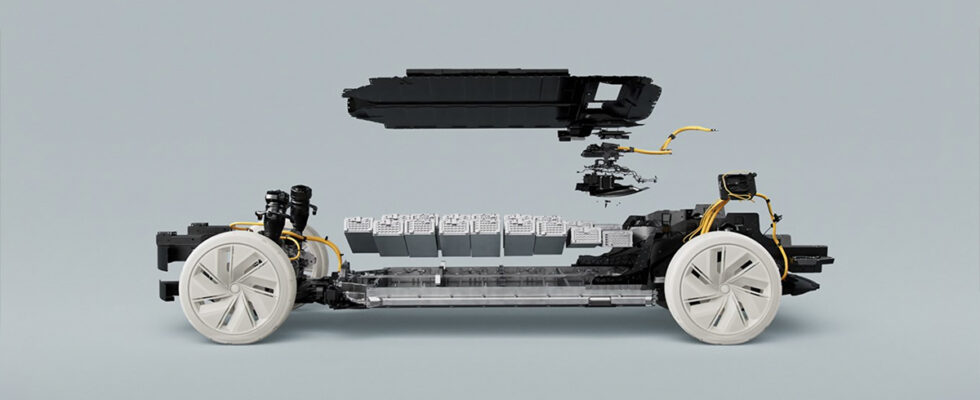Volvo’s electric vehicles will soon see a notable improvement in their charging times, thanks to a collaboration with a London university. This advance, based on an intelligent algorithm without the need for hardware modifications, promises to reduce the time needed to recharge batteries by 30%.
The evolution of batteries is at the heart of electric vehicles, with significant innovations that promise to ttransforming the way we drive and charge. For example, a team from Harvard University has developed a solid-state lithium metal battery capable of recharging in just 10 minutes. Additionally, research conducted by MIT, in collaboration with Lamborghini, resulted in a battery using organic materials for the cathodes, providing a promising alternative to rare and expensive metals while supporting up to 2,000 charge cycles.
Besides these technological breakthroughs, the sector also faces the challenge of recycling batteries, essential for sustainable electric mobility. A German initiative, the DiLiRec project, is exploring innovative methods to recycle LFP batteries, aiming to reduce the ecological footprint of EVs and minimize dependence on limited resources. In this context of innovation, Volvo stands out in partnering with Breathe Battery Technologies to integrate a revolutionary battery management softwarepromising to significantly reduce recharge time of its electric vehicles.
University helps Volvo reduce car charging time by 30%
Volvo is the first to use the innovation brought by Breathe Battery Technology. This technology, based on research carried out at Imperial College London, is based on a algorithm capable of optimizing the recharge curve batteries. Unlike traditional methods, which follow a “step” curve that limits the charging power to fixed levels, Breathe’s solution dynamically adapts power based on actual battery data, such as its temperature. This system makes it possible to maintain a higher charging power throughout the cycle, reducing the time required by 30% to reach a charge of 80%.
Besides reducing recharge time, this technology has the added benefit to minimize the risks of lithium platinga phenomenon likely degrade the battery during rapid charging. By maintaining optimal energy flow, the Breathe algorithm ensures better preservation of battery health on the long term. The integration of this Breathe technology into Volvo’s next-generation EVs represents a major step forward in its ambition to become a fully electric manufacturer by 2030.
Source: Volvo
